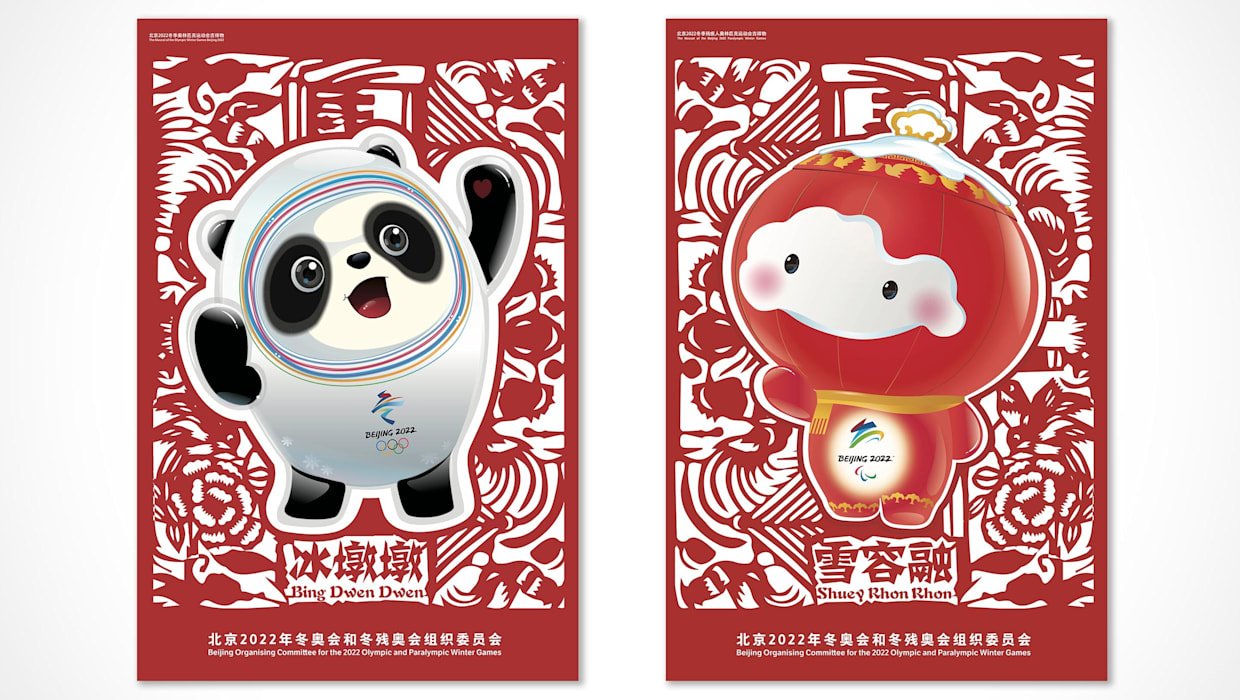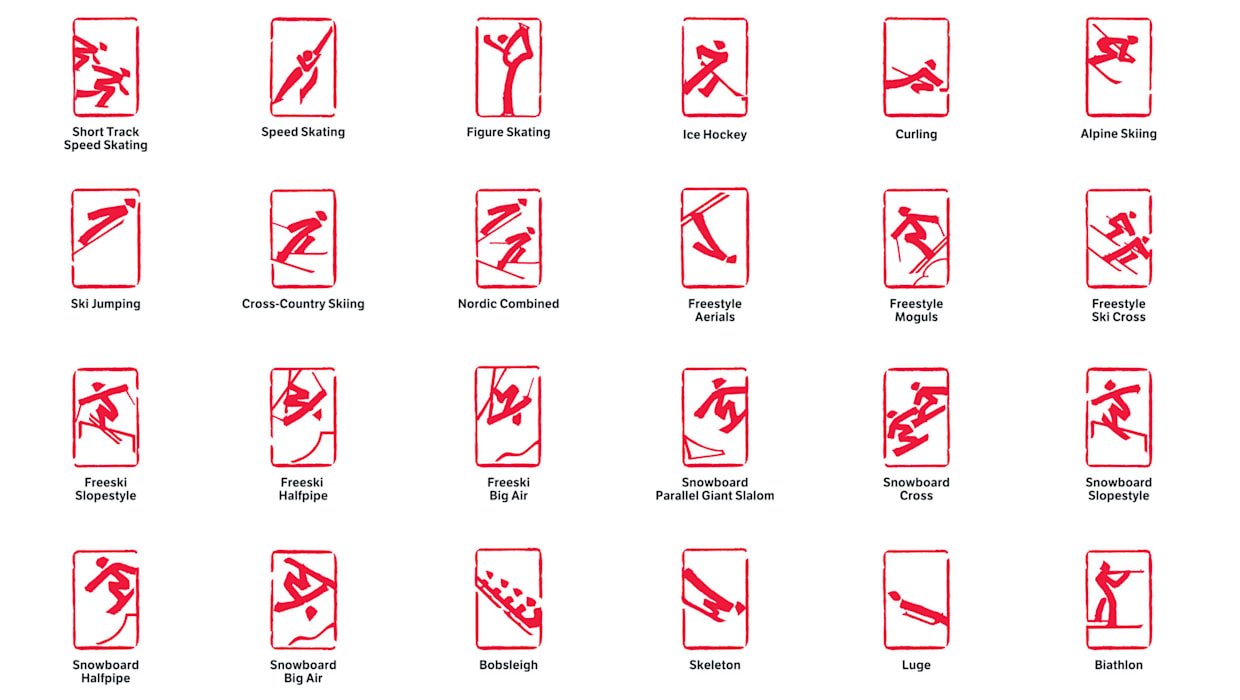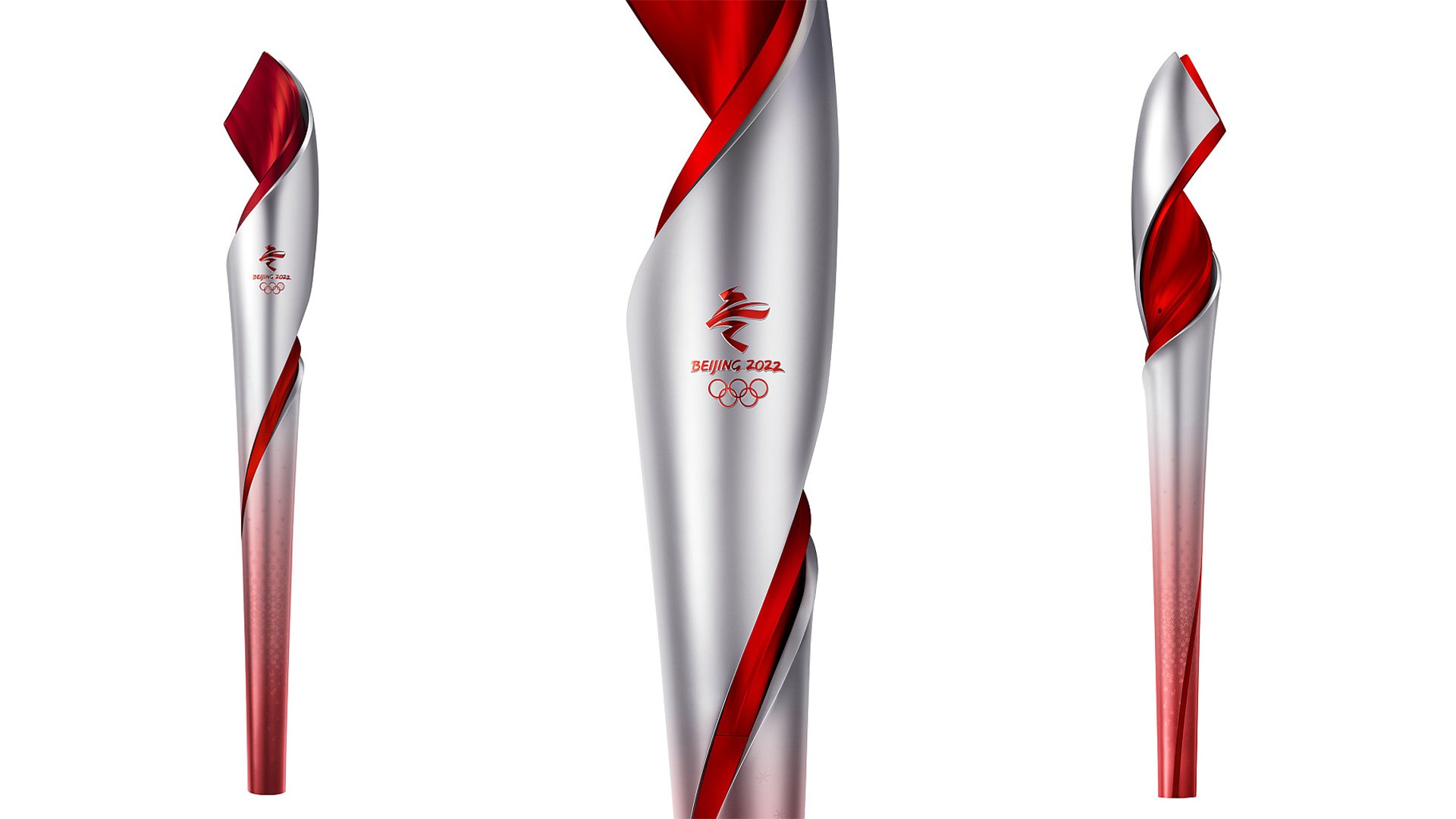We like that Art Hub Copenhagen, a former meatpacking building-turned-bank, has been transformed into a temporary arts centre – using nothing but pre-existing materials.
By only using repurposed, pre-existing elements to create the pop-up, they discarded nothing from the original space. This approach not only extends the lifecycle of used materials but also challenges the preconceived design process, allowing for the integration and revitalisation of the space’s history.
Credit: Philman Architects, Archival Studies. First seen in Frame Magazine.
The series reaches out to young and new designers to discover the challenges they have faced getting their careers off the ground and the experience so far.
Tim shared his journey into design and what he thinks is lacking in the way the industry attracts new talent to a career in design.
Some of the questions included:
-
What made you want to become a designer?
-
What route did you take to kickstarting your career and at what age?
What do you feel would attract more new talent to the industry? -
What’s been key to your success?
…critiquing work with peers helps keep you on track, and make you think a little smarter — knowing that you won’t always get it right, things will fail, and you might not completely agree with the design solution are all good lessons. But, at the end of the day, ensuring the work is easy to grasp and the solution solves the problem with a tangible outcome is what it’s all about. In short, it’s about having a real integrity in what you do.
We take a look at the branding behind the event, designed by artist Lin Cunzhen.
Emblem

Designed by artist Lin Cunzhen, the Beijing 2022 emblem combines traditional and modern elements of Chinese culture, as well as features embodying the passion and vitality of winter sports.
Inspired by 冬, the Chinese character for “winter”, the emblem resembles a skater at the top and a skier at the bottom. The flowing ribbon-like motif between them symbolises the host country’s rolling mountains, Olympic venues, ski pistes and skating rinks. It also points to the fact that the Games will coincide with the Chinese New Year.
The use of blue in the emblem represents dreams, the future and the purity of ice and snow, while red and yellow – the colours of China’s national flag – symbolise passion, youth and vitality.
Slogan
“Together for a Shared Future” is the official motto of the Olympic and Paralympic Winter Games Beijing 2022.
The motto represents the power of the Games to overcome global challenges as a community, with a shared future for humankind. The words reflect the necessity for the world to work together towards a better tomorrow, especially given the difficulties faced throughout the COVID-19 pandemic.
“Together for a Shared Future” demonstrates unity and a collective effort, embodying the core values and vision of the Olympic Movement, and the goal of pursuing world unity, peace and progress. The motto considered the key values of the Paralympic Games, in particular, the role they play in contributing to a more inclusive society.
It was selected after an extensive process between May and September 2020. During this period, Beijing 2022 collected 79 motto proposals from Chinese universities, of which 11 were shortlisted by experts from various fields.

Posters
The Organising Committee of the Olympic and Paralympic Winter Games Beijing 2022 released a series of official and promotional posters at the opening ceremony of the 2021 Beijing Design Week. Three sets of official Beijing 2022 posters feature the Games’ emblem and mascots, while 11 promotional posters were selected from among thousands of entries received for a design competition.
The Beijing 2022 posters feature various elements of winter sports as well as Chinese culture, and highlight the Beijing 2022 motto “Together for a Shared Future”.
For the promotional posters, the Beijing 2022 Organising Committee had launched a public call for submissions during the Beijing International Design Week last year. More than 1,500 entries were received from hundreds of design institutions, professionals, design school teachers and students.
The final 11 promotional posters depict various elements of the Olympic Winter Games, Chinese culture, winter sports in society and Beijing cityscapes.

Mascots
Illustrator and designer Cao Xue has created the 2022 mascot, a lively panda named Bing Dwen Dwen (Bing means ice in Chinese, while Dwen Dwen means robust). Bing Dwen Dwen is decked out in a full-body shell – resembling an astronaut suit – which is a “tribute to embracing new technologies for a future with infinite possibilities”, says the IOC.
The panda’s future-facing potential is emphasised by the rainbow-coloured halos which wrap around its face. Though the animal was chosen from almost 6,000 submissions, it shouldn’t come as too much of a surprise that a panda was chosen – the giant panda is China’s national animal (and was also one of the five mascots at the 2008 Games).

Pictograms
The 24 pictograms for the Winter Olympics blend traditional Chinese graphics and the diversity of winter sports, explains the IOC. Freestyle skiing has been allotted six icons thanks to the range of equipment used. The designs are based on seal engraving – in each, the sport is represented with strokes characteristic of Chinese seals which date back centuries. “The sharp contrast between the red background and white strokes also highlights the grace and dynamism of winter sports,” organisers added. The pictograms have been crafted by a group of designers led by Lin Cunzhen.

Torch
The red and silver torch, designed by Li Jianye, nods to its counterpart at Beijing’s Summer Olympics. “By using the same colour combination and by sharing similar artistic elements with the 2008 torch, we aim to extend auspicious greetings to the world as we did at the Summer Games,” Li says. The torch’s ribbon-like structure, itself a nod to 2008’s scroll-like cauldron, allows carriers to lock together the two torches. It also uses hydrogen fuel, meaning that it is emission-free. Owing to a number of Covid cases in China, the torch relay has been shortened to just three days.

Source: IOC
Thank you for reading!
We have recently completed a new store and café-deli for Better Food in Bristol with sustainability at the heart. Since its opening, the project has been publicised by 11 leading industry media outlets, with more acknowledgements expected (follow us on social media for more on these).
The new 3,000sq ft combined retail outlet and café-deli marks the fourth store for Better Food.
We are passionate about sustainability and helping local businesses to flourish, making us the perfect design partner for the project.
Emma Carter, Associate Creative Director and the project leader at Phoenix Wharf, commented
“We’re delighted to be working with such a great local food pioneer. We’ve gone out of our way to research and find the most interesting sustainable products – including one in commercial use here for the very first time!”
The Creative Retail Awards recognise and reward excellence in retail, and were judged by a panel of industry experts and leaders. The entries spanned a number of disciplines, including store design, Visual Merchandising, inspired technology, Omni-channel innovations, bar and restaurant design, shopfitting and much more.
The team are delighted with this recognition amongst a tightly contested category, with outstanding hospitality design being showcased.
Earlier this year we shared a press release explaining our collaboration with Joshua Coombes, alongside the #dosomethingfornothing background story.
Our designers gave their creative expertise for free, supporting the socially-conscious movement which relays how we can all play a part in positively affecting the lives of those around us.
If you would like to view the winning shortlist, follow this link.
‘Huge thanks to everyone at Phoenix Wharf for their creative efforts to help this cause’ Joshua Coombes added. ‘I’m a firm believer in using our skills to positively affect the lives of others. By helping with the book and turning the idea of a website for Do Something For Nothing into a reality, that’s certainly what Phoenix Wharf has done. They embodied this spirit from our first conversation and couldn’t have been more accommodating. I’m incredibly grateful to everyone involved and very happy with the result. I know the website will provide a strong hub for this message moving forward.’
It is a neighborhood-centric, temporary space located in the dynamic heart of East London, where visitors can gather to discover the House’s collections and codes through a unique, multisensory experience.
Gucci Circolo Shoreditch takes residence in a building by renowned architect Sir David Adjaye, originally designed as a private home and studio for artists, now an experiential space to be explored as a narrative journey through the various chapters of the Aria collection.
A truly immersive and once-in-a-lifetime experience, Gucci Circolo Shoreditch has only worked to prove that the house’s 100th year is set to be a grand one.
Thank you for reading!
The topics will discuss six social shifts that are taking place in our post-pandemic world. They asked our Founder & Creative Director Chris Gwyther his opinion on wellness in hospitality design – as part of their “Quietness With Attitude” seminar.
Some of the questions included:
-
Why is it important for society to address the mental and physical health impact of the last 18 months?
-
Do hotels already have wellness at the heart of their guest experience?
-
In what ways can hotels facilitate self-compassion as part of their guest experience?
Early advocates are already conceiving spaces to capture the groundswell of global ‘roamers’ created by freshly flexible working policies (in America, 2020 saw a 50% surge in digital nomads). These include Norwegian writing tablet start-up ReMarkable’s members-club-meets-library pop-up in Oslo, and the showstopping Zhongshuge bookstore in China, which houses a cinema, café, reading hall and events space.
In-store content creation studios will similarly sate the professional appetites of younger consumers seeking social-media-era vocational support.
This megatrend will also include the rise of events-first retailing – exemplified by Selfridges’ new in-store gaming destination, and the Biophilia-Based Brand Engagement boom, where work and leisure meet retail therapy amid the increasingly vital and calming influence of nature.
Thank you for reading!
Having experienced serious destabilisation during the pandemic, for many consumers, the ‘new normal’ doesn’t mean salvaging the old world, but forging positive future scenarios – valorising brands that are supplementing municipal organisations or filling their gaps. Pioneers extending their remits include Ikea, which has just started selling renewable energy as a (surcharge-free) subscription service to households in Sweden; and Japanese sports brand Asics, which is currently working with an entire British town on improving its mental and physical health.
Acknowledging the one billion people worldwide (15% of the global population) living with some form of disability, we expect more strategies in 2022 designed to level the playing field – from e-marketplaces for adaptive products, to ads that everyone can access (like UK mobile network Giffgaff’s member-made sign language ad).
The power of ‘neighbourgood’ (brand-backed, neighbourhood-empowering) networks will also soar.